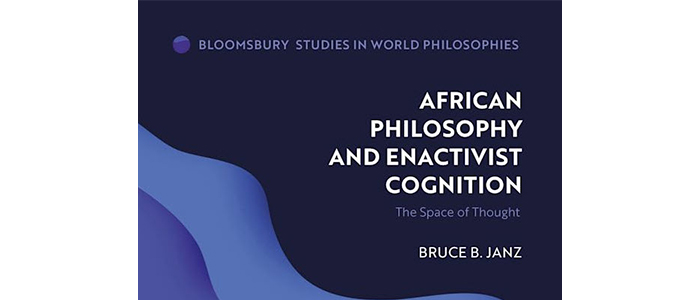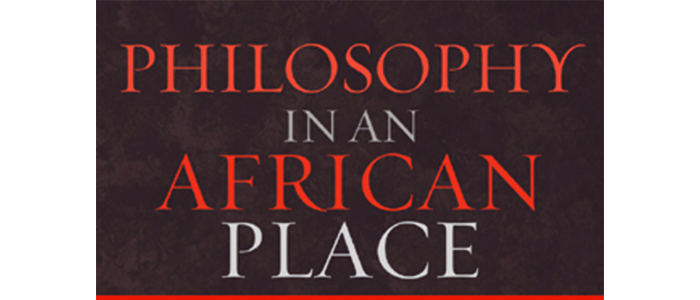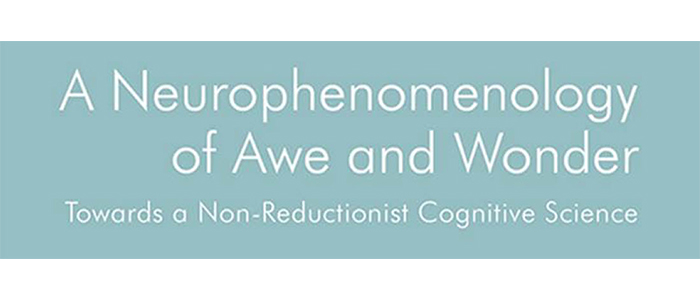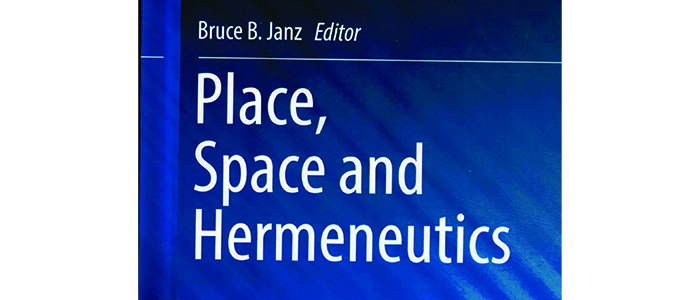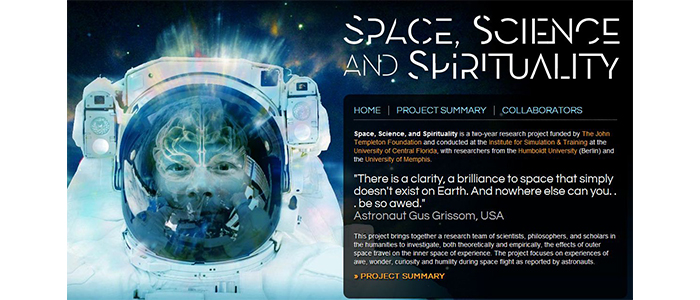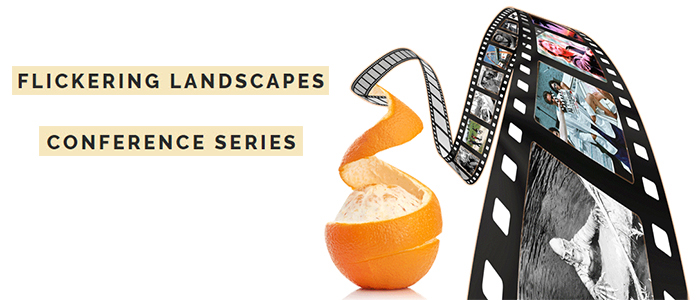History of Scientific Method
Aristotle’s science
- Science; truth (epistêmê). Does not deal with contingency; deals with what is permanent.
- Technology (craft, art – technê). Making. Contingency.
- Practical know-how (phronêsis) – knowledge a statesman has, in getting legislation through. Also ethics.
- Wisdom (Sophia) – combination of nous and episteme.
- Reason (nous) – understanding of the first principles of things.
What is science for Aristotle? It is figuring out the true nature of things, that is, their essences.
- It was a science directed not at controlling nature as much as identifying the connections of nature.
- It was a fragmented science.
- It was a science that was predicated on the belief in the certainty or necessity of genuine knowledge claims, and their universality.
- It is a science that assumes the distinction between matter and form, known as hylemorphism.
- It is a science that is textually-based.
- It is a science was one that developed without the aid of Christianity, or any other religious framework.
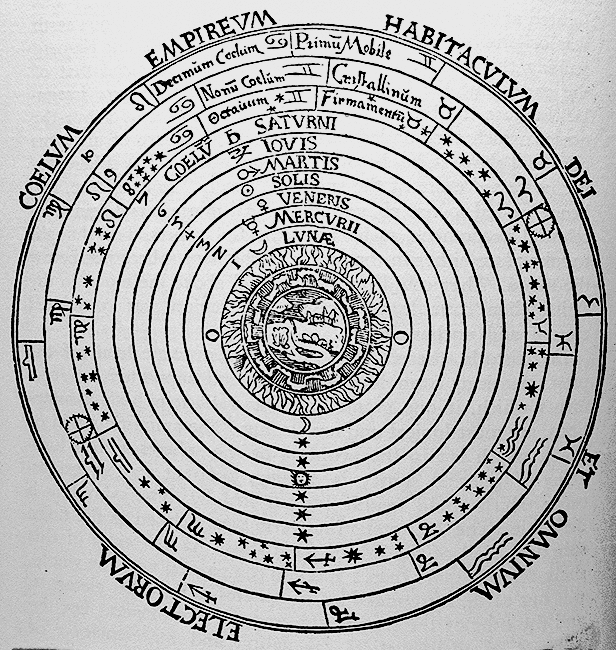
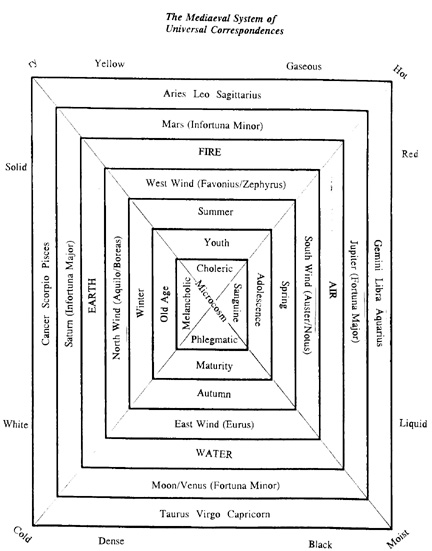
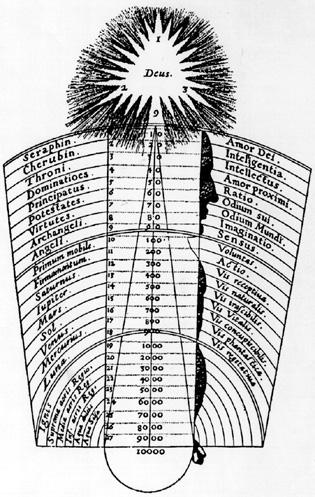
European Renaissance & Enlightenment
We can see three major strands in the development of scientific method, which can be summarized as the English, the French, and the German. These strands are are meant to represent tendencies, not exclusive categories.
English (empiricism, experimentalism, inductive method)
First, an example:
“In the year of our Lord 1432, there arose a grievous quarrel among the brethren over the number of teeth in the mouth of a horse. For 13 days the disputation raged without ceasing. All the ancient books and chronicles were fetched out, and wonderful and ponderous erudition, such as was never before heard of in this region, was made manifest. At the beginning of the 14th day, a youthful friar of goodly bearing asked his learned superiors for permission to add a word, and straightway, to the wonderment of the disputants, whose wisdom he sore vexed, he beseeched them to unbend in a manner coarse and unheard-of, and to look in the open mouth of a horse and find answer to their questionings. At this, their dignity being grievously hurt, they waxed exceedingly wroth; and, joining in a mighty uproar, they flew upon him and smote him hip and thigh, and cast him out forthwith. For, said they, surely Satan hath tempted this bold neophyte to declare unholy and unheard-of ways of finding the truth contrary to all the teachings of the fathers. After many days more of grievous strife the dove of peace sat on the assembly, and they as one man, declaring the problem to be an everlasting mystery because of a grievous dearth of historical and theological evidence thereof, so ordered the same writ down.”
(attributed to Francis Bacon, most likely apocryphal)
Question: why did the monks get “exceedingly wroth” with the young friar, when all he wanted to do was look in the mouth of the horse and determine how many teeth there are in horses mouths?
Francis Bacon’s Scientific Method
A. What Not To Do: The Idols
1. Idols of the Tribe: We presume that the world is orderly, and in fact impute more order and regularity than is actually there.
2. Idols of the Cave: These are the “idols of the individual man”. Each of us has a “cave or den of our own”; in other words, we believe what is comfortable to us. We form opinions based on our education, upbringing, and so forth. Furthermore, we have natural tendencies toward certain kinds of thinking — synthetic, analytic, etc.
3. Idols of the Marketplace: This idol stems from the “commerce and consort of men”. In other words, our ideas are rooted in the words we use. Words shape what ideas are possible.
4. Idols of the Theatre: This idol comes from the various ways that our thinking is coloured by the tradition in which we have been educated. These ways are like a theatre – all the traditional beliefs are given their own time, their own play. Philosophical ideas are just handed down from earlier authorities, they are not written in stone.
B. What To Do: The Tables
1. Table of Affirmation (Presence). Assemble all known instances of a phenomenon. Bacon’s example: In what places does heat reside?
2. Table of Negation (Absence). Assemble all counter instances of the same phenomenon. Bacon: Where is heat absent?
These two lists allow us to check hypotheses for the cause of heat. For example, suppose we hypothesize that heat is a liquid — do these two tables bear that out?
3. Table of Comparison (Degrees, Increase and Decrease). Study the variation in the phenomenon under different influences.
Where do we see this strand today in contemporary science? In experimental and observational method.
French (rationalism, deductive method, logic)
Rene Descartes’ Scientific Method
- Never accept anything as true that I did not know evidently to be so.
- Divide each of the difficulties into as many parts as possible and as is required to solve them best.
- Conduct my thoughts in an orderly fashion, commencing with the simplest and easiest to know objects, to rise gradually, as by degrees, to the knowledge of the most composite things.
- Make enumerations so complete and reviews so general that I would be sure of having omitted nothing.
August Comte
Comte was the father of positivism in the 19th century. Positivism held several things:
- Stages of knowledge, progressing from theological to metaphysical to positive
- The hierarchy of disciplines;
- The organization of knowledge, culminating in sociology
Where do we see this strand today? Hypothesis and theory construction. Counterfactuals. Deduction of properties from foundational axioms. Mathematical modeling.
German (internal life/essence)
- Prime examples: Alexander Humboldt, Johann Wolfgang von Goethe, Wilhelm Dilthey
| Humboldt was interested in finding the unity amidst the diversity of nature. Goethe was fascinated by the sheer diversity of all living things. He drew detailed diagrams of leaves and the smallest thing in nature, trying to show its uniqueness. Dilthey distinguished between Naturwissenschaften, the natural sciences, and Geisteswissenschaften, the human sciences. In the first, he said, we are to explain phenomena, whereas in the second we are to understand the phenomena. |
Where do we see this strand today? Versions of systems theory, cybernetics, and other forms of emergent behaviour – consciousness, epigenetics, economic systems, complexity. Relationships between wholes and parts.
Summary of the 3 strands:
Our modern scientific practice is a combination of all these elements. What we think of as scientific method requires empirical observation, logical deducation, and the ability to find unity in diversity and uniqueness in seeming sameness as well as seeing regularities across diversity. Since scientific method has these multiple strands, we also see different aspects emphasized in different sciences, and even within the same science.
Question: I have isolated three strands, the English, French and German, to describe the formation of scientific method. Are there others? Is this the whole story? What about the work by Muslim scholars, especially in mathemetics in the Middle Ages? What about traditional Chinese science? Are there other strands in our current scientific practice that we owe to other traditions, and does it matter for us to think about what those are?
Scientific Method and Practice Today
Modern Positivist Version of Explanation: The Covering Law Model of Scientific Explanation
There are two forms of the covering law approach to scientific explanation:
Deductive/nomological (D-N) model of explanation:we first deducing certain consequences from a premise, and the premises we work with must contain at least one scientific law.
Inductive/statistical (I-S) model of explanation: we generalize from some observations, and then making statistical correlations to posit some “causal factors”.
D-N
Hempel & Oppenheim argue that the covering-law model of scientific explanation has three parts:
- A set of observational statements (“antecedent conditions”), describing the particular conditions in which the event to be explained takes place.
- A group of general laws which state how conditions of that sort are, in a general way, connected with other sorts of particular conditions (the “nomological” part).
- A description of the event to be explained.
Example: Shooting pool
Note the components of the D-N model of scientific explanation, all evident here.
“Since the cue ball and the eight ball are perfectly elastic spheres of the same mass, the surface of the table is smooth and level, the cue stick is a rigid straight body, and the line in which my arm moved the cue stick was straight, ending in the tip of the stick striking the cue ball dead centre; and since the angle of the cue stick was such as to make the cue ball strike the eight ball right here (pointing to a spot on the right side of the eight ball), the laws of classical mechanics dictate that the eight ball will move with a velocity equal to that of the cue ball (minus friction, of course) in the direction of the corner pocket. Now, when the eight ball gets to the corner pocket, since the table is no longer supporting it, gravity pulls the ball into the pocket.”
| Questions What are the antecedent conditions? What are the relevant laws? What is the event to be explained? |
So, what happens if the ball does not drop into the pocket? Three possibilities (in order of likelihood):
- Your original observations were off, that is, the antecedent conditions are not what you assumed (the table is not flat, cue stick is not straight, etc.)
- You have not carried out the deduction from antecedent conditions and general laws correctly — there’s a mistake in the logic.
- The laws of physics are different from what you supposed.
I-S
The inductive-statistical model of explanation is clearly second-best for Hempel and Oppenheim. Where D-N gives us a “certain” explanation, I-S only gives us a probable explanation. The explanation depends on the probability we can give to the premises.
This approach, based in probability, might be second-best on this way of thinking about science, but it is by far the more common situation. It is rare that there can be laws that are as clear and straightforward as D-N imagines.
Problems for Covering Laws:
Looks pretty good, right, as a way of accounting for how we explain the world? Well, it is, for sciences like physics. It is less so for other sciences. This is what we call a “positivist” version of science, and this version went into decline in the 1960s. Karl Popper claims to have killed positivism (well before the 60s, in fact). Problems:
- The covering law model of explanation may be too wide.
- Laws may not always be invoked in explanations.
- Where do we get laws from, and what are their status?
- How do we distinguish between theory and observations? This model requires that we have observation that is not affected by theory. Put another way, you need to have a non-linguistic direct access to reality for this model to work.
- We need to have some previously determined metaphysical system, in order to tell us what will count as possibly true or false, and what will count as meaningless.
- The covering law model cannot point out defective explanations until there is another competing explanation to challenge the first one.
There are alternatives to this approach:
Bertrand Russell et al: The prevailing sense of scientific method is the search for verification, or confirmation of theories. The more evidence one can find that the causal connection being claimed actually exists, the more faith we can put in that claim.
Karl Popper: The point of scientific method is not to verify theories, but to try to falsify them. A successful theory is one that has withstood our best efforts to prove it wrong. It is, therefore, always provisional, because next week someone might come along with a devastating critique of a scientific explanation. Until that happens, though, we continue to scaffold the best existing theories and make implications based on them.
Thomas Kuhn: Kuhn and others pointed out that science has a great deal of non-rational practice as part of it. When theories are overthrown and we move to another theory, it is often not that decisive proof has been made and everyone changes their mind, but that an old guard dies off and a new guard takes over with a different way of thinking about things.
Rational and non-rational aspects of science (how do we know that what we know is really knowledge?)
Example: Tectonic Plate Theory (Alfred Wegener)
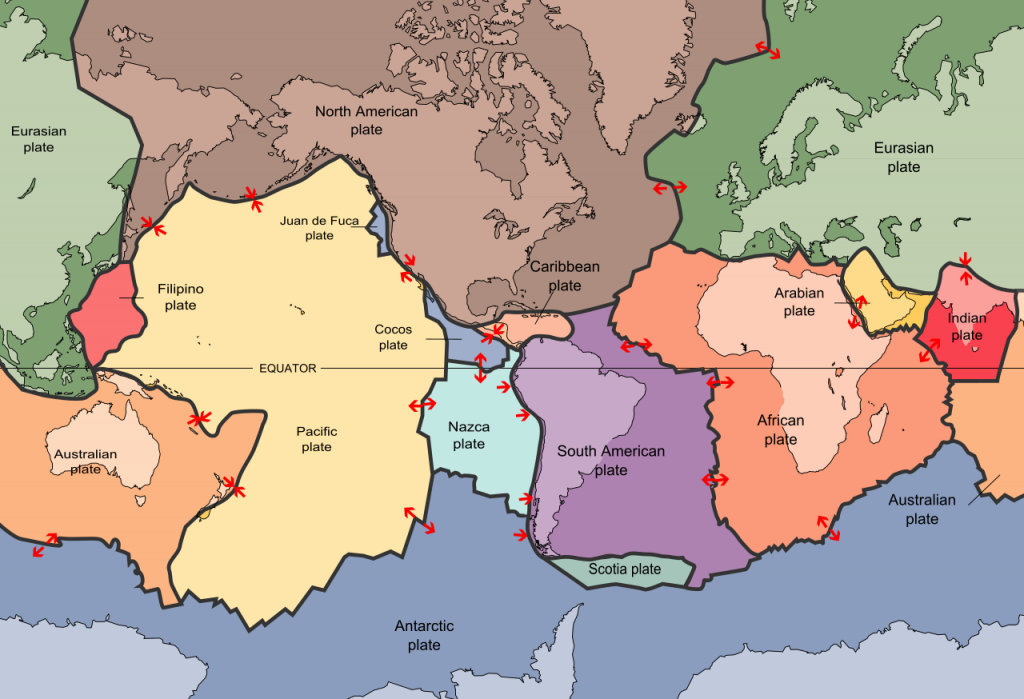
Wegener and Geology
At the beginning of the 20th century, people generally believed that the earth had been formed as a molten sphere that cooled and formed a crust, on which we now live. As the sphere cooled, it contracted, yielding continents, mountain ranges, etc. This is the contractionist hypothesis. It holds that continents have always been in more or less the same place as they are now.
There were difficulties with this model:
- There are remarkable similarities along some coastlines, e.g., Africa and South America.
- There are new mountains on the west coast of North and South America, and relatively old ones on the east coast. There are volcanoes and earthquakes on the west coast, but not the east.
- There are many similar species of plants and animals in places separated by oceans.
There were possible answers to this under the contractionist model, e.g., extinct land bridges.
In 1915 Alfred Wegener developed a new model that came to be known as mobilism. He argued that the original cooling resulted in a single large land mass (Pangea) that broke up and drifted. This would address the basic problems as well:
- The match of coastlines was the result of the split.
- The mountain ranges were the result of the movement of continents
- Similarities in plants & animals: the land masses had been together at one time.
But how do we know? What’s the data?
Data: Seafloor Spreading. The strata of rock in the sea holds radioactivity
Data: Seafloor magnetism: The floor of the ocean holds magnetic orientation. This changes in the earth on a regular cycle. It was noted that there were parallel lines of alternating magnetic polarity. This is evidence for Wegener, and against the earlier theory.
He was ridiculed for this theory, but he turned out to be right. So, we can see Wegener in two ways. One, as a natural extension of the science that had gone before. The other, as a break in scientific orthodoxy, requiring a “paradigm shift”.
Revising Science
The science I have described more or less proceeds from the assumption that we have to discover the nature of things, their internal structure and makeup, in order to explain how things work. But starting in the 20th century with cybernetics, complexity theory, chaos theory, and other approaches to science, that assumption has begun to be questioned.
Explaining the world, in other words, might be a matter of explaining the external relations things have to each other, and the ways in which their relations result in systems whose properties cannot be deduced from the internal descriptions of any of the members in the system. There are many examples of this:
- the behaviour of insects, e.g., ants.
- markets
- weather
- the human body
- the ecosystem
- consciousness
In these cases and many more, going through the classic scientific process of explanation usually does not give you an account of the system as such. And, even in the case of classic scientific method, that is, the search for mechanisms in the physical or observable world, this may only be possible by abstracting the phenomena from the larger systems in which they exist.
Science Today
These philosophical debates often don’t resemble how actual scientists do what they do. Most scientists don’t talk much about method in a general sense like this, although of course method is very much discussed at the level of specific practices.
But at some level, a generalized sense of method is important, if only because science as a set of practices claims to be our most reliable means of establishing knowledge. And, there’s controversy in society – a lot of people don’t trust scientists. They believe that they are politically motivated, or hostile to religion, or just generally uninterested in “traditional” values.
Question: How do we deal with the complex and contradictory social status of science, in which some science is seen by the public as part of our greatness as a nation, and some is seen as a threat to our values? If we follow scientific method, this contradiction makes no sense. Some scientists use scientific method to study optics, and this is a good and productive thing, while others use the same scientific method to study climate or the origins of life, and this is seen as a threat.
Science and ethics
In modernist versions of science, there is the assumption that the disinterested pursuit of knowledge is a separate thing from how knowledge is used. Ethical questions exist in the second realm, but not the first.
There are reasons to question that division, though. The production of knowledge requires a host of decisions at every step of the way. Not all decisions are ethical decisions, of course, but it is also questionable as to whether we can assume that none of them are. Consider:
When we come up with our models, we rely on science that has gone before, but also analogy. Where do the analogies come from? Sometimes we are not even aware. There have been cases when the analogies have assumed particular kinds of human social relations. We model relations in the genome, for instance, on hierarchical relations resembling patriarchal systems. That kind of model, even though it was widespread early on in genetic research, proved to be very limited.
We might think that materials science has fewer, or even no ethical questions, as we might think that all the issues have to do with life. Is this true? Are there, for instance, environmental issues in materials science? And, of course, there can be advanced materials used in biological applications of all sorts. What are the ethical issues at stake here?
Are there ethical issues in optics, apart from the normal ones that any science would deal with (non-harassment and equity in labs and other working situations, fairness in the use and publication of intellectual property, etc.)?
